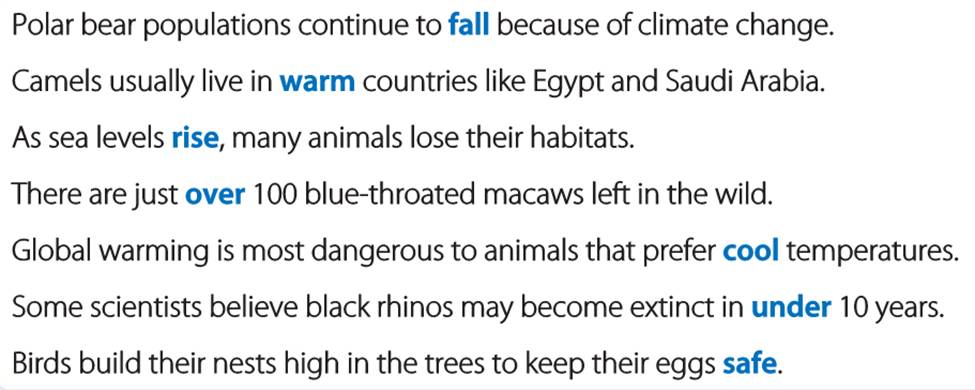Read the following passage and mark the letter A, B, C, or D on your answer sheet to indicate the correct answer to each of the questions from 35 to 42. Though called by sweet–sounding names like Firinga or Katrina, tropical cyclones are huge rotating storms 200 to 2,000 kilometers wide with winds that blow at speeds of more than 100 kilometers per hour (kph). Weather professionals know them as tropical cyclones, but they are called hurricanes in the Caribbean Sea, typhoons in the Pacific...
Đọc tiếp
Read the following passage and mark the letter A, B, C, or D on your answer sheet to indicate the correct answer to each of the questions from 35 to 42.
Though called by sweet–sounding names like Firinga or Katrina, tropical cyclones are huge rotating storms 200 to 2,000 kilometers wide with winds that blow at speeds of more than 100 kilometers per hour (kph). Weather professionals know them as tropical cyclones, but they are called hurricanes in the Caribbean Sea, typhoons in the Pacific Ocean, and cyclones in the Indian Ocean. They occur in both the northern and southern hemispheres. Large ones have destroyed cities and killed hundreds of thousands of people.
Tropical cyclones begin over water that is warmer than 27 degrees Celsius (80 degrees Fahrenheit) slightly north or south of the earth’s equator. Warm, humid air full of water vapor moves upward. The earth’s rotation causes the growing storm to start to rotate around its center (called the eye). At a certain height, the water vapor condenses, changing to liquid and releasing heat. The heat draws more air and water vapor upward, creating a cycle as air and water vapor rise and liquid water falls. If the cycle speeds up until winds reach 118 kilometers per hour, the storm qualifies as a tropical cyclone.
Most deaths in tropical cyclones are caused by storm surge. This is a rise in sea level, sometimes seven meters or more, caused by the storm pushing against the ocean’s surface. Storm surge was to blame for the flooding of New Orleans in 2005. The storm surge of Cyclone Nargis in 2008 in Myanmar pushed seawater nearly four meters deep some 40 kilometers inland, resulting in many deaths.
It has never been easy to forecast a tropical cyclone accurately. The goal is to know when and where the next tropical cyclone will form. “And we can’t really do that yet,” says David Nolan, a weather researcher from the University of Miami. The direction and strength of tropical cyclones are also difficult to predict, even with computer assistance. In fact, long–term forecasts are poor; small differences in the combination of weather factors lead to very different storms. More accurate forecasting could help people decide to evacuate when a storm is on the way.
Which of the following statements is NOT true according to the passage?
A. The center of a growing storm is known as its eye
B. The direction and strength of tropical cyclones are difficult to forecast
C. Tropical cyclones are often given beautiful names
D. Tropical cyclone predictions depend entirely on computer assistance



Lỗi ảnh r bạn ưi